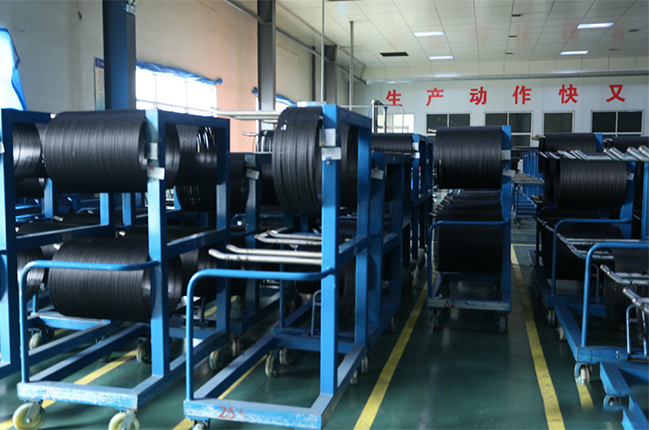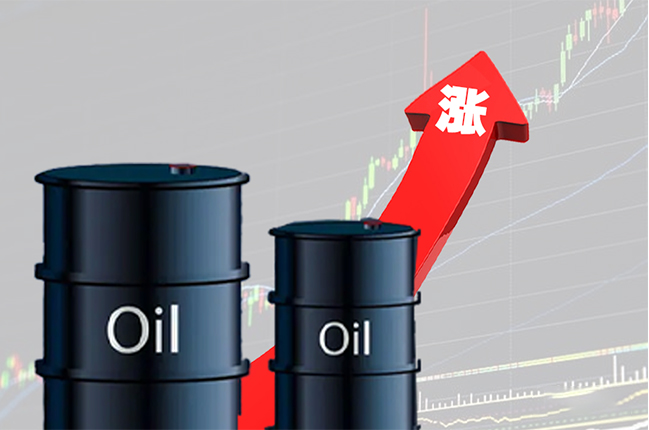According to overseas media sources, the tire demand in the U.S. market has once again ushered in an explosive period! According to foreign media interviews with local tire dealers in the United States, in September 2022, replacement demand for passenger car and light truck tires ushered in a substantial year-on-year increase.
Year-on-year growth of 33%
According to the latest replacement demand statistics, the replacement demand of the interviewed car owners increased by 33% year-on-year. It directly reversed the sales decline that lasted for 5 months. Industry insiders speculate that it may be related to the stability of tire prices in September. In fact, the global tire market was going through a "price cooling-off period" in September, and this cooling-off has indeed played a significant role in promoting tire sales growth. Combined with winter tire replacement demand already seen in parts of the United States, it makes sense that tire sales will increase in September.

However, it should be noted that despite a 33% increase in demand, local tire dealers are still very cautious about the sales outlook for the last three months.
Concerns behind the growth
One of the key factors that hasn't turned optimistic has been the uneven rise in demand, with the 33% rise arguably driven entirely by tire sales in the U.S. Midwest. In fact, tire sales in most parts of the United States are still very bad. Therefore, if the replacement demand in other regions does not change, the 33% increase cannot be used as a good indicator for the tire market.

In addition, after entering October, the tire price increase "surge" into the market again, which leads to the increase in sales that benefited from "no price increase" is likely to be hindered again by the start of the price increase. Some dealers said they expected tire manufacturers to take more pricing measures in the near future, although the frequency was slightly lower than in the first half of this year, but price inflation will still hurt tire demand. Lastly, driving mileage is likewise unable to support dealers' confidence in future tire sales.

Mileage is often seen as a key data point in determining tire demand for retail consumers, but according to industry insiders tracking mileage, it shows a downward trend year over year. The good news, though, is that the current downward trend is easing month by month. In September 2022, the tracked mileage-driven index decreased by 5.8% year-on-year. However, compared with August and July, the 6% and 8.7% declines slowed down the deceleration. Industry insiders have analyzed that the slowdown in mileage may be related to current oil prices - natural gas prices have fallen sharply since the middle of the year, which may be a catalyst for increased driving in the fourth quarter. However, even if the decline slows down, according to the long-term analysis of the mileage by industry insiders, this indicator declines rapidly and rises slowly, so it is not impossible to continue to decline. But in today's uncertain market, there are still tire products with good sales performance. According to the latest feedback from U.S. distributors, the best-selling trend of secondary products has not changed
Cost-effective tires are favored
A survey shows that American car owners still have a strong preference for secondary tires (high cost performance). However, in September when prices tended to stabilize, many car owners also chose first-class tires that did not experience too many price increases (the price is expensive but the number of price increases is less). However, from the perspective of the retail market, there are still a large number of car owners who are more concerned about the balance between price and performance. After all, after entering October, the tire market is about to usher in a new round of price hikes!

The price of raw materials has risen by more than 50%, and the price of tires has continued to rise
When it comes to raw material costs, the cost of raw materials for making passenger car tires rose by more than 25% year-on-year in August last year, and this year's upward trend is even more dire. The price of carbon black has risen for 20 consecutive months, and by August 2022, the price of carbon black has risen by 51.6%.

Although the price of crude oil has dropped recently, the trend of increasing crude oil cost year by year has not changed. In August 2022, crude oil prices increased by 40.2% year-on-year. In addition, the prices of synthetic rubber and steel cords continue to climb. In August 2022, synthetic rubber prices rose by nearly 10%. This means that even if the price of natural rubber is currently in place, it will not help to suspend the trend of tire price increases...